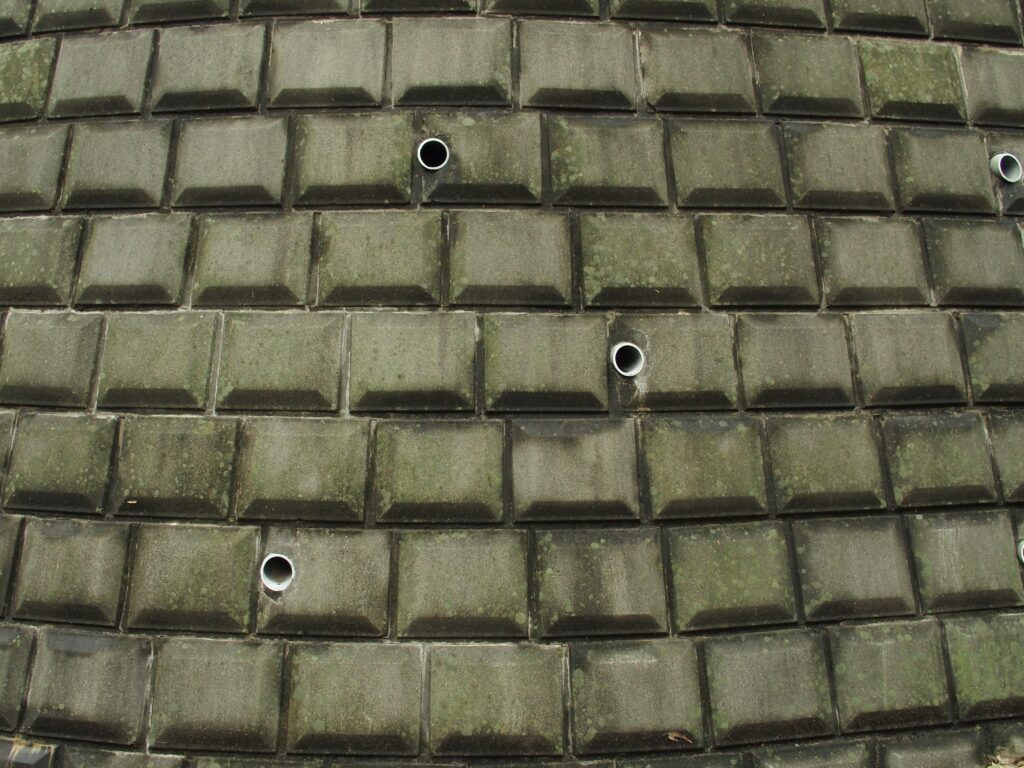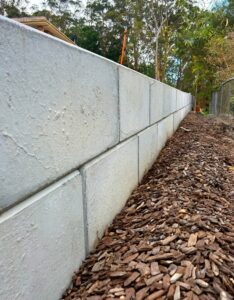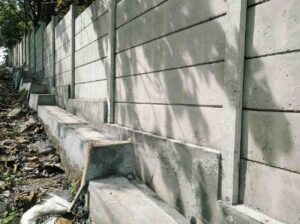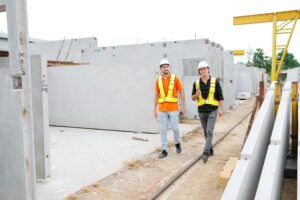Coastal construction demands precision to combat erosion and relentless tides. Proper retaining wall drainage in coastal areas is essential to ensure structural stability, compliance with local standards, and long-term durability. This guide explores the key considerations for coastal retaining wall drainage, addressing challenges like erosion control and council regulations to help you build robust erosion-resistant retaining walls.
Why Retaining Wall Drainage in Coastal Areas Matters
Coastal environments are shaped by water, wind, and tides, creating dynamic conditions for construction. Without effective drainage for retaining walls in coastal areas, water pressure can accumulate behind the wall, leading to structural failure, soil displacement, or costly repairs. Inadequate drainage also worsens coastal erosion control issues, threatening both the wall and surrounding ecosystems. Prioritising proper drainage protects your investment and ensures compliance with council retaining wall rules.
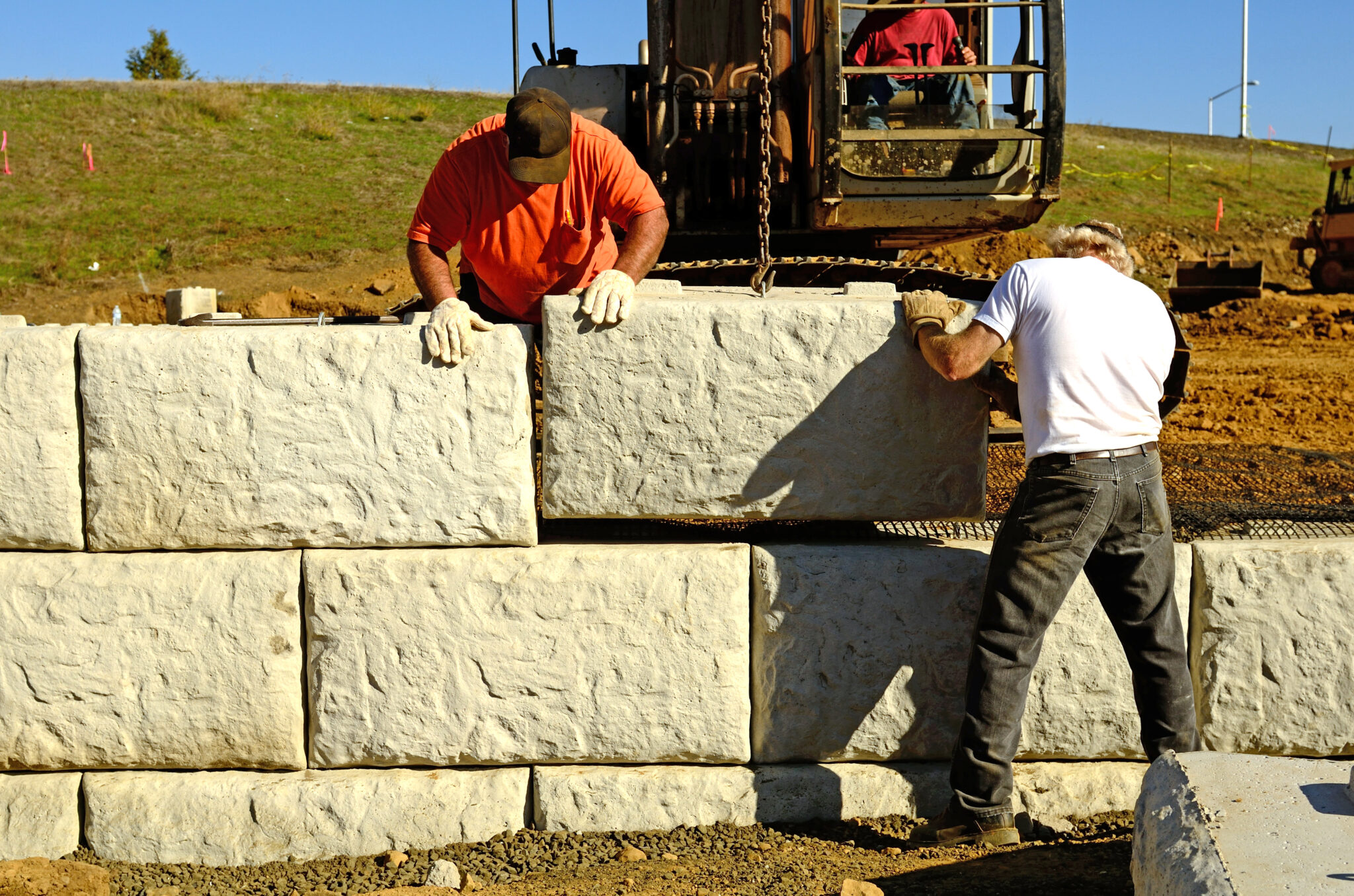
Key Challenges of Building Retaining Walls Near Water
Building retaining walls near water introduces several challenges that require careful planning:
- Erosion: Coastal areas face constant wave action and tidal shifts, which erode soil and undermine wall stability. Coastal erosion control is critical to prevent long-term damage.
- Water Pressure: Hydrostatic pressure from groundwater or tidal flows can stress retaining walls, particularly during heavy rain or storms.
- Soil Instability: Sandy or loose soils common in coastal regions are prone to shifting, making erosion-resistant retaining walls essential.
- Environmental Sensitivity: Coastal ecosystems are fragile, requiring sustainable solutions to minimise environmental impact.
Addressing these challenges begins with designing robust coastal retaining wall drainage systems tailored to the site’s specific conditions.
Council Retaining Wall Rules for Coastal Areas in Australia
In Australia, council retaining wall rules are stringent, especially in coastal regions where environmental and safety concerns are paramount. Local councils often reference standards like AS4678 for earth-retaining structures, which mandate adequate drainage to prevent wall failure. Key compliance requirements include:
- Drainage Systems: Councils require solutions like weep holes or perforated pipes to manage water flow effectively.
- Environmental Approvals: Projects must minimise disruption to coastal ecosystems, aligning with coastal erosion control guidelines.
- Height and Design Restrictions: Retaining walls exceeding certain heights (typically 1 metre) may require engineering certification.
Non-compliance can lead to fines, delays, or mandatory redesigns. Partnering with an experienced provider like InfraBlock ensures your retaining wall drainage in coastal areas meets all regulatory standards.
Effective Drainage Solutions for Coastal Retaining Walls
To overcome the challenges of building retaining walls near water, effective drainage systems are essential. Here are proven solutions:
- Weep Holes: Small openings in the wall allow water to escape, reducing hydrostatic pressure. These are cost-effective and easy to integrate into erosion-resistant retaining walls.
- Gravel Backfill: Coarse gravel placed behind the wall promotes drainage and prevents soil clogging.
- Geotextile Fabrics: These permeable fabrics filter water while preventing soil loss, enhancing coastal retaining wall drainage.
- Perforated Pipes: Installed at the base, these pipes redirect water away from the structure, ideal for high-water-flow areas.
Selecting the best materials for coastal retaining walls is equally critical. Precast concrete offers superior durability and resistance to saltwater corrosion, making it an ideal choice for coastal environments.
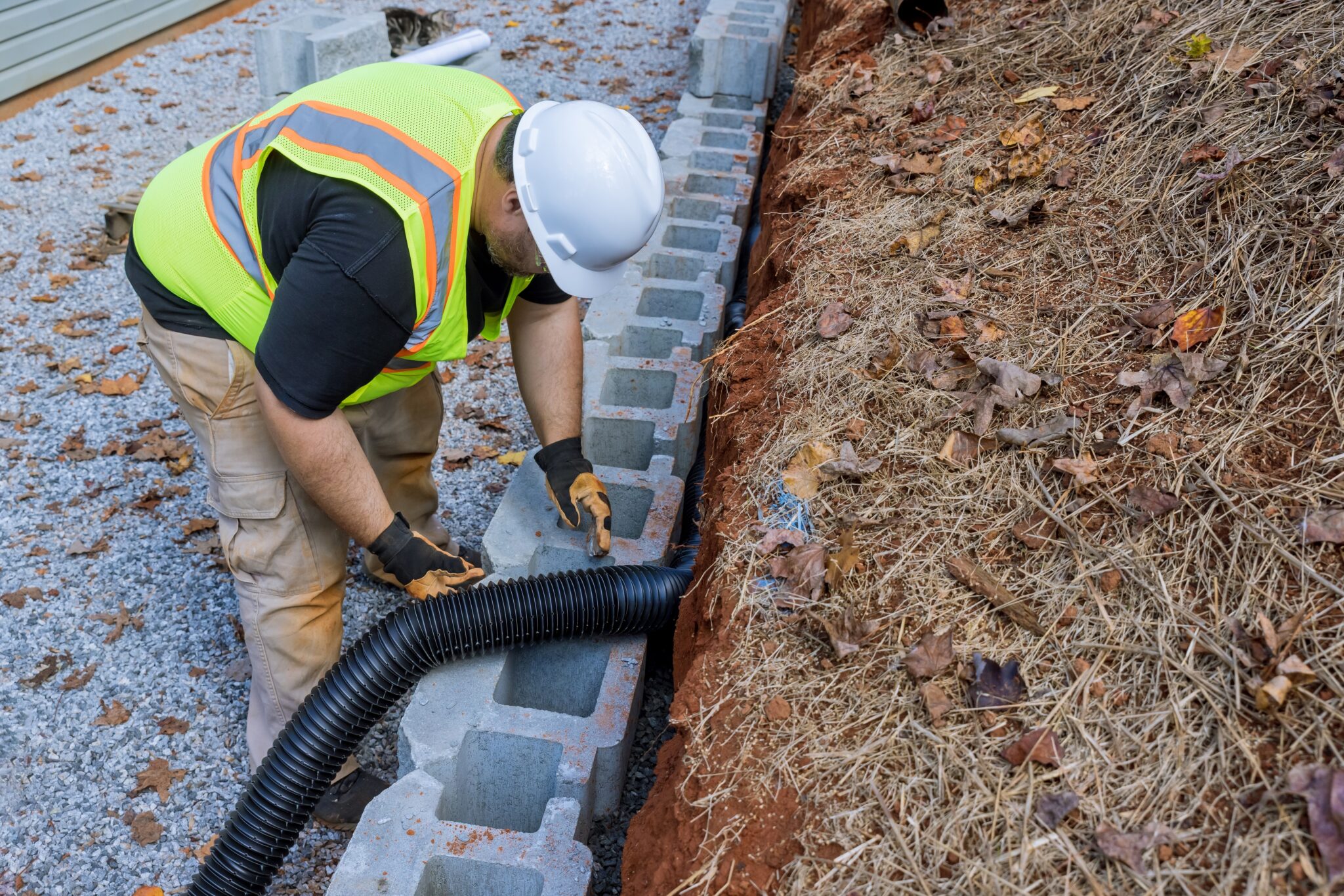
Benefits of Proper Coastal Retaining Wall Drainage
Investing in robust drainage for retaining walls in coastal areas delivers multiple benefits:
- Structural Longevity: Effective drainage prevents water damage, extending the lifespan of your retaining wall.
- Safety: Reducing hydrostatic pressure minimises the risk of wall collapse, protecting property and people.
- Environmental Protection: Proper drainage supports coastal erosion control by stabilising soil and reducing runoff.
- Cost Savings: Avoiding repairs or rebuilds due to drainage failures saves time and money.
Well-designed drainage systems ensure compliance and sustainability for coastal projects.
Why Choose InfraBlock for Coastal Retaining Wall Projects
InfraBlock specialises in building retaining walls near water, offering precast concrete products engineered for durability and sustainability. Our expertise ensures compliance with council retaining wall rules, delivering solutions tailored to Australia’s coastal challenges.
Our Large Interlocking Blocks provide stability, resisting soil shifts and wave action for erosion-resistant retaining walls. Curvature Retaining Blocks offer aesthetic flexibility and durability, blending with coastal landscapes while resisting corrosion. Meeting Australian standards (AS4678), these products ensure lasting performance. InfraBlock’s commitment to quality and innovation delivers practical and environmental excellence for your coastal retaining wall needs.
Building with Confidence in Coastal Areas
Robust retaining wall drainage in coastal areas is vital for overcoming challenges like erosion, water pressure, and soil instability. By adhering to council retaining wall rules and implementing effective drainage solutions, you ensure a retaining wall that is durable, compliant, and environmentally responsible, safeguarding both your project and the coastal ecosystem.
Partnering with InfraBlock guarantees expertly crafted precast concrete retaining walls that deliver lasting stability, enhanced safety, and significant cost savings. Our expertise in building retaining walls near water ensures your project thrives in Australia’s coastal conditions. Call 0478 102 201 or email info@infrablock.com.au to discuss your needs and build with confidence.

